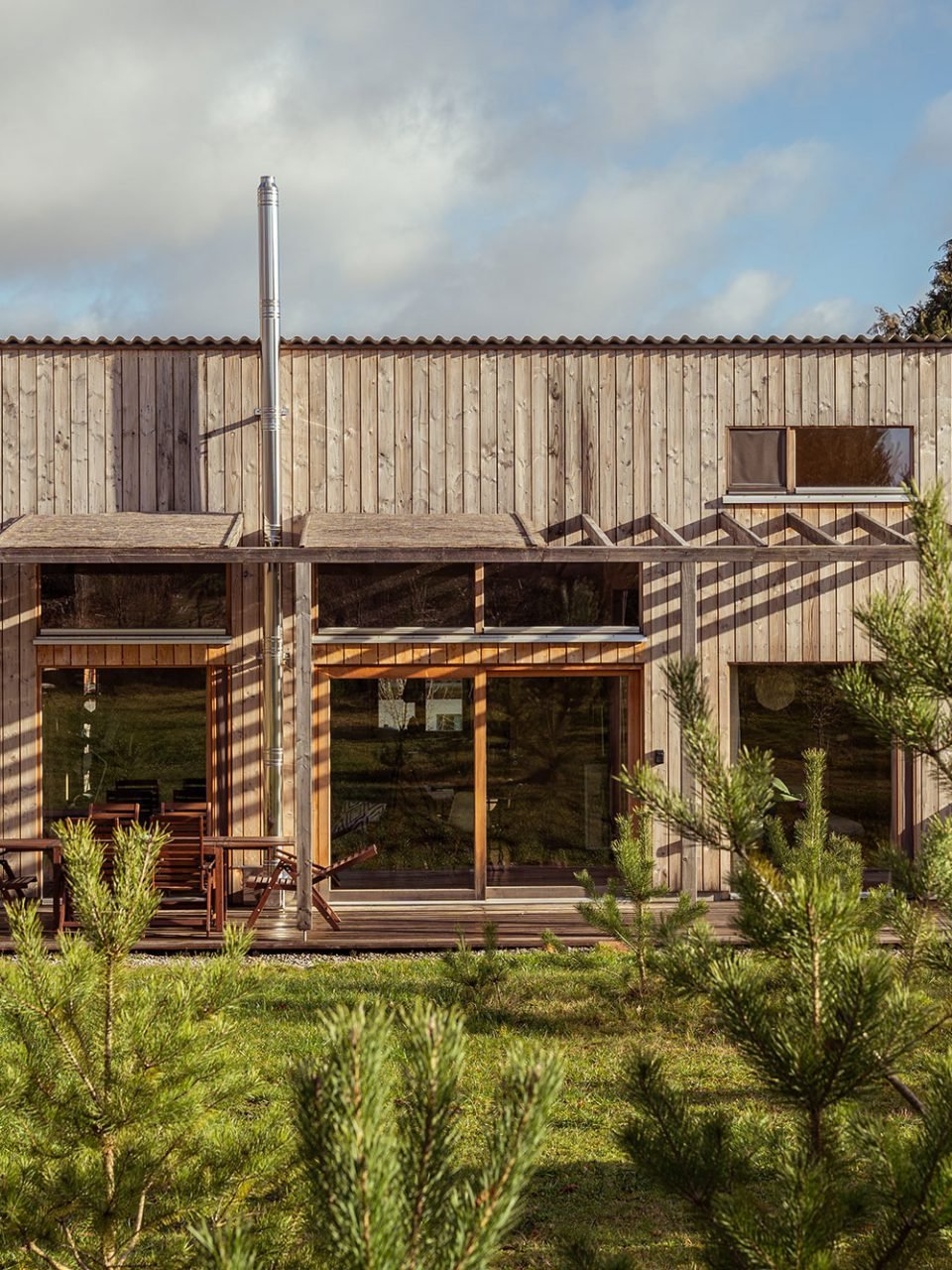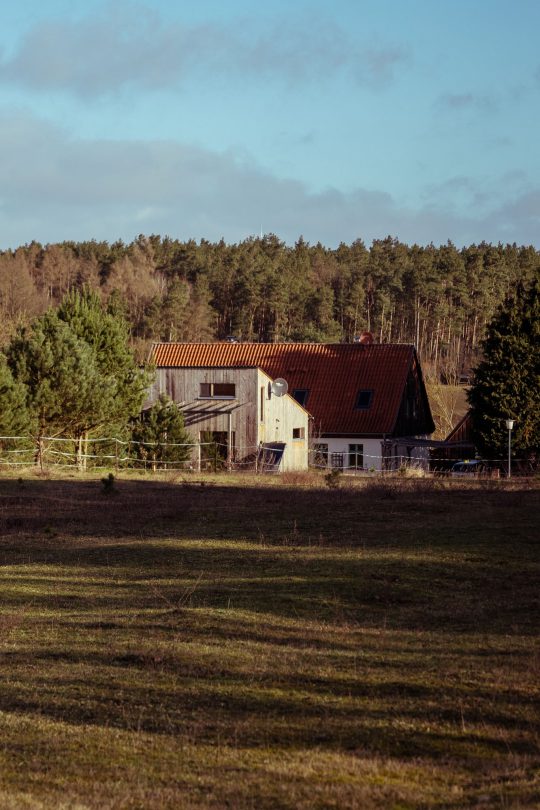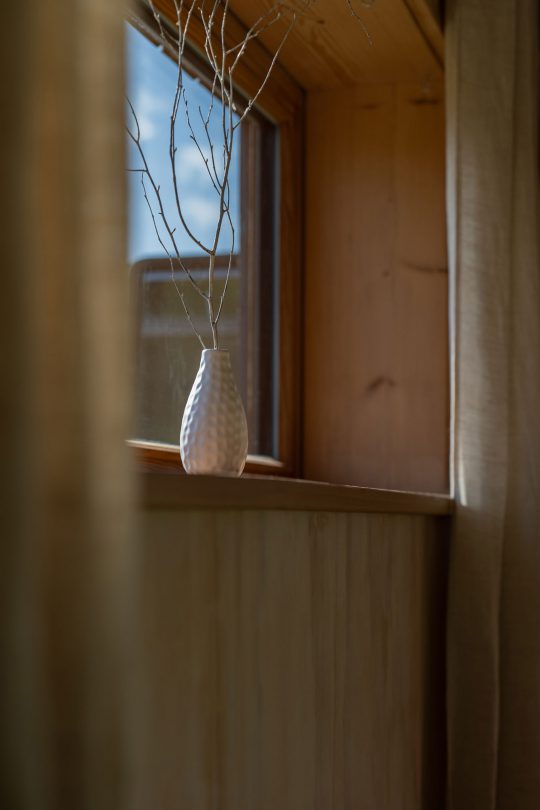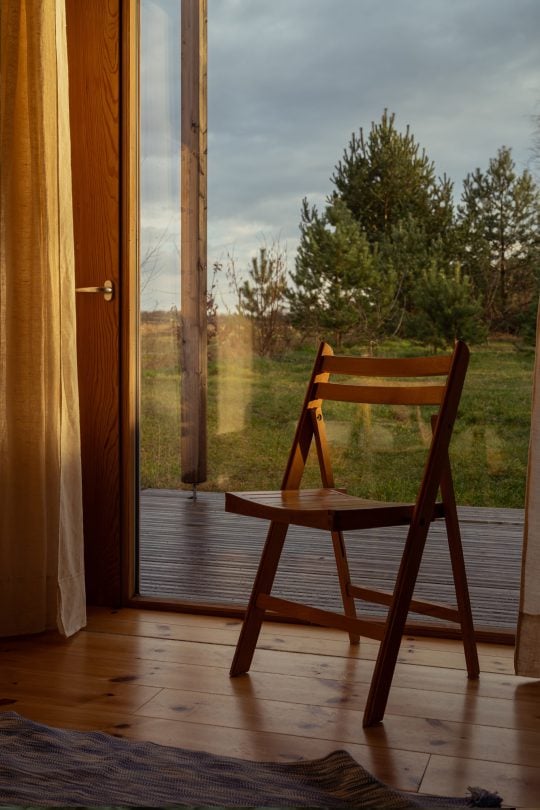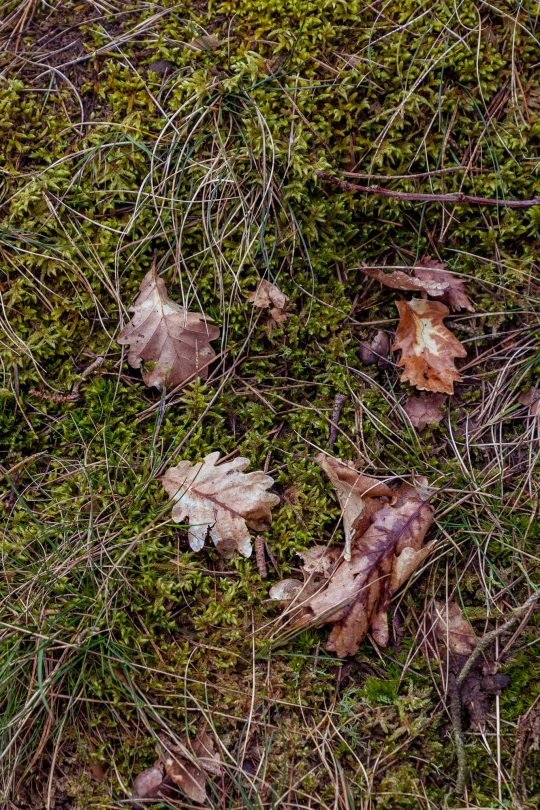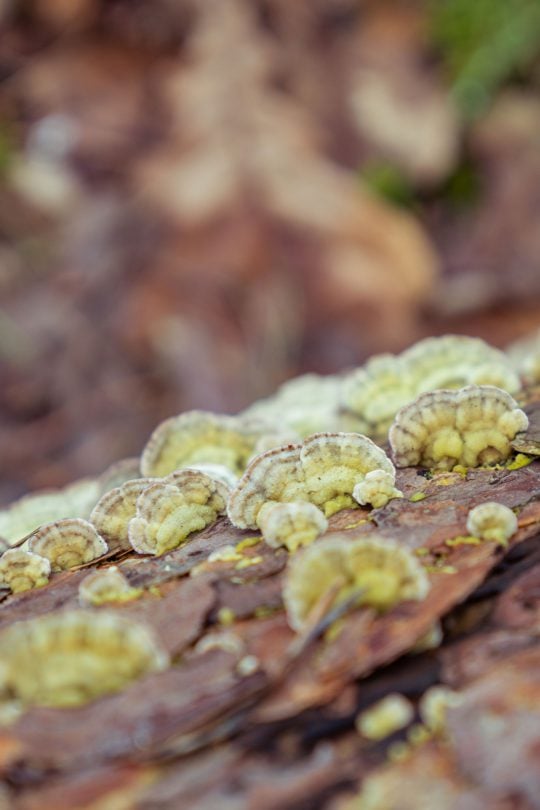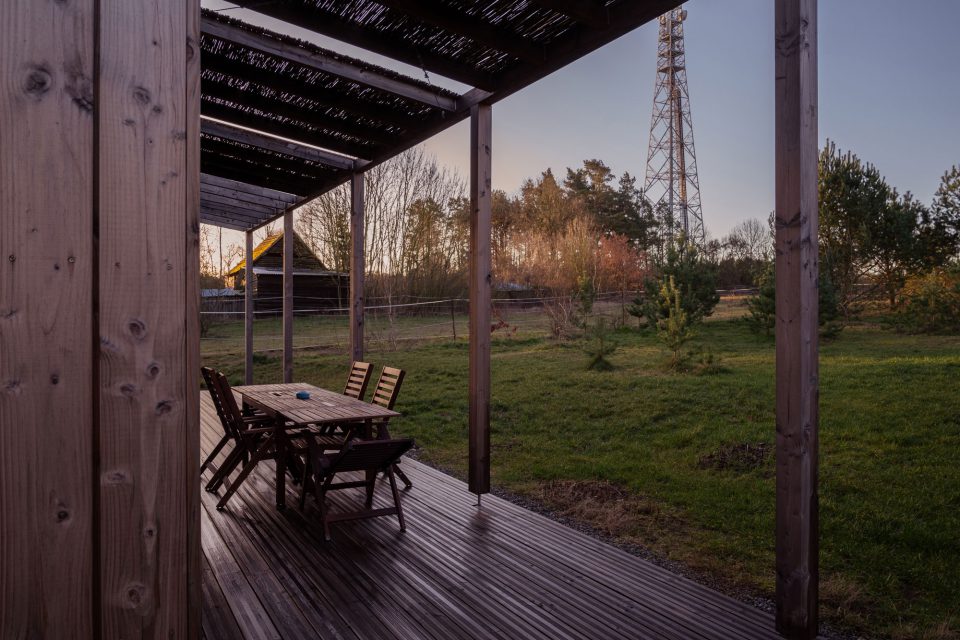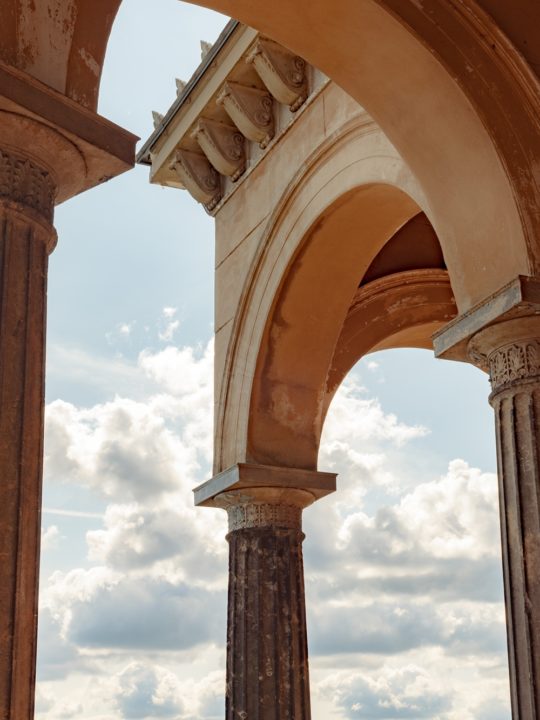INTO THE WOODS
Travel writer, Barbara, explores the tiny, beautiful village of Zempow, just outside of Berlin.
(2 1/2 MINUTE READ)
Flying Red Kites catch my eye as they dart down to hunt in the thicket.
Their tales twisting like paper planes in the wind. It’s late afternoon and an ochre glow has settled over the landscape. I can hear the deep sound of cows lowing from the organic farm close by. The air has a soft smell, like freshly trodden grass, right after rain.
In the distance, the tiny village of Zempow dapples the horizon. We’re just shy of two hours from Berlin, and already the surrounding landscape is a puzzle of woods, meadows and lakes. Known as Ruppiner Seenland (Ruppin Lake District), the area is noted for its crystal-clear water.
Twice we have spotted an Osprey, the large fish-eating raptors that reside in this region.
We’re heading home from our daily walk. Back to Studio-Zempow, the ecologically-built cabin made almost entirely from wood and clay. The cabin would be our work-away-from-home location.
A means for us to connect with nature, in-between the working hours.
Located near the edge of the village, a short walk from the cabin leads right into the forest. It’s the perfect refuge from which to explore the beautiful and often underrated German countryside. Albeit by no means primeval, the surrounding forests are densely covered with birch, pine and alders. The rich brown patinas of their fallen leaves, equally beautiful to the young green sprouts ready to re-foliate.
Although privately owned, we may traverse these woods thanks to Germany’s Federal Forest Act, which allows access to forests for recreation. Surrounded by tall barked pillars, it’s hard to comprehend how the landscape must have looked once, when during the Middle Ages, human exploitation reduced it to desolate wastelands. Thanks to 300 years of conservation and reforestation, a third of the German countryside is now forested, having increased by one million hectares in the last four decades alone. A reassuring example of the successes of effective conservation.
Apart from their undeniable beauty, trees play an important role in human health and well-being.
In Japan, the practice of “forest bathing”, called Shinrin Yoku, has been proven to boost the immune system and restore ailments such as high blood pressure. Indeed, the tranquility that spending time among the trees can instill, is something we can all recognize. Studies have linked this to phytoncide, the essential oils emitted by trees to protect themselves from pests, but when inhaled, seem to greatly benefit the human nerve systems.
Tall shadows slide across the landscape as I settle down in a comfy chair. Framed by the window, the landscape turns violet as the sun readies for bedtime.
It’s been but a single day and already I feel revitalized.
I am grateful for the efforts of the many foresters and their close-to-nature management to reinstate Germany’s great forests.
In an odd way I feel grateful too, for the restrictive travel measures put in place in these times. There is often far more to be explored and appreciated, right on our own doorstep.

